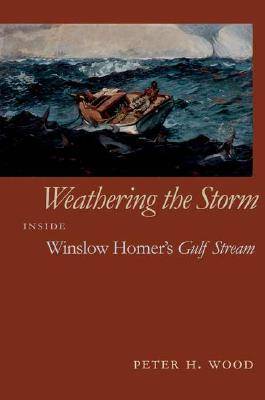Mercer University Lamar Memorial Lectures
1 total work
Perhaps no other American painting is at once so familiar and so little understood as Winslow Homer's The Gulf Stream (1899). For more than a century, scholars have praised the artist and yet puzzled over this harrowing scene of a black man adrift in the open sea, in a derelict boat surrounded by sharks. Critical commentary, when it has departed at all from the painting's composition and coloring, has generally viewed The Gulf Stream as a universal parable on the human condition, or as an anecdotal image of a coastal storm. There is more to this stark masterpiece, says Peter H. Wood, a historian and an authority on images of blacks in Homer's work. To understand the painting in less noticed but more meaningful ways, says Wood, we must dive more deeply into Homer's past as an artist and our own past as a nation. Looking at The Gulf Stream and the development of Homer's social conscience in ways that traditional art history and criticism do not allow, Wood places the picture within the tumultuous legacy of slavery and colonialism at the end of the nineteenth century.
